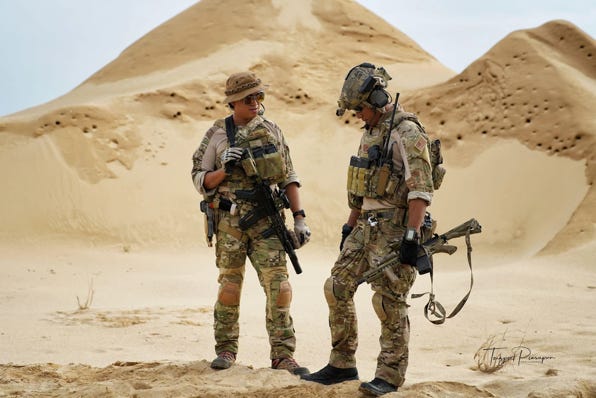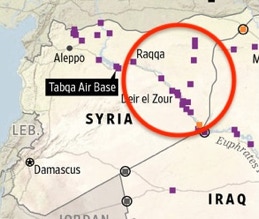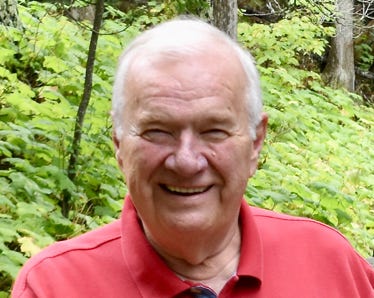DUTY, HONOR, COURAGE, RESILIANCE
Talking Proud: Service & Sacrifice
Syria: A fractured state
Venture into the unfamiliar
Islamic State Takes Offensive
The Islamic State (IS) went on the offensive in Syria and Iraq in 2014. I like the definition of the IS used by Rand Corp:
One wonders how the IS could accomplish this. They launched their offensive in a Syrian state mired in civil war. IS was not a trivial outfit. It employed over 20,000 fighters, possibly as many as 32,000, many of whom fought in the Iraq War. It gained access to Syria’s oil fields and the cash they produced. It received cash through all sorts of criminal and illegal activities, such as extortion and smuggling, and taxed the people living in the areas it controlled.
Secretary of Defense Charles T. Hagel commented that IS was “beyond a terrorist group … it posed an imminent threat to every interest we have, whether it’s in Iraq or anywhere else.” President Obama mistakenly described the IS as a “junior varsity.” Hagel said it was “beyond anything we have seen.” He said, “It grew in Syria. What happened was we were aware of ISIS, we were aware of al-Nusra, we were aware of, certainly Al Qaeda in Syria and other places … We had intelligence — it wasn’t that we were blind in that area. We had drones, we had satellites, we had intelligence in Syria monitoring these groups.” With all that, many experts misjudged the scope of the IS threat and the fact that the IS ideology was shared by so many.
This following remark by Secretary Hegel sort of “dots the i’s and crosses the t’s:
“We had an out-of-control country that wasn’t even a country in Syria.”
The world was puzzled by the IS conquests in Iraq and Syria. On the one hand, one might argue it was a local thing in Iraq and Syria. On the other hand, the IS looked to be an international threat. Hasan Abu Hanieh and Dr. Mohammad Abu Rumman wrote,
“This new entity nonetheless continues to be surrounded by an ‘aura’ of ambiguity, casting a spell of confusion and puzzlement on popular, and perhaps elitist, analyses and explanations about it.”
To be sure, the Syrian government in Damascus was quickly losing its control over the country and its borders. Kheder Khaddour and Armenak Tokmajyan commented, "Parts of Syria potentially face internal implosion, impacting outside actors.”
The IS had taken advantage of the chaos of Syria’s civil war to conduct a land grab of much of the country, thirty-five percent by one account highlighted earlier. The forecasts were that IS influence was spreading like wildfire. Thus far, its territorial holdings were in Syria and Iraq. The question was whether it would make inroads in Jordan, Lebanon, and elsewhere.
Click to zoom graphic-photo





